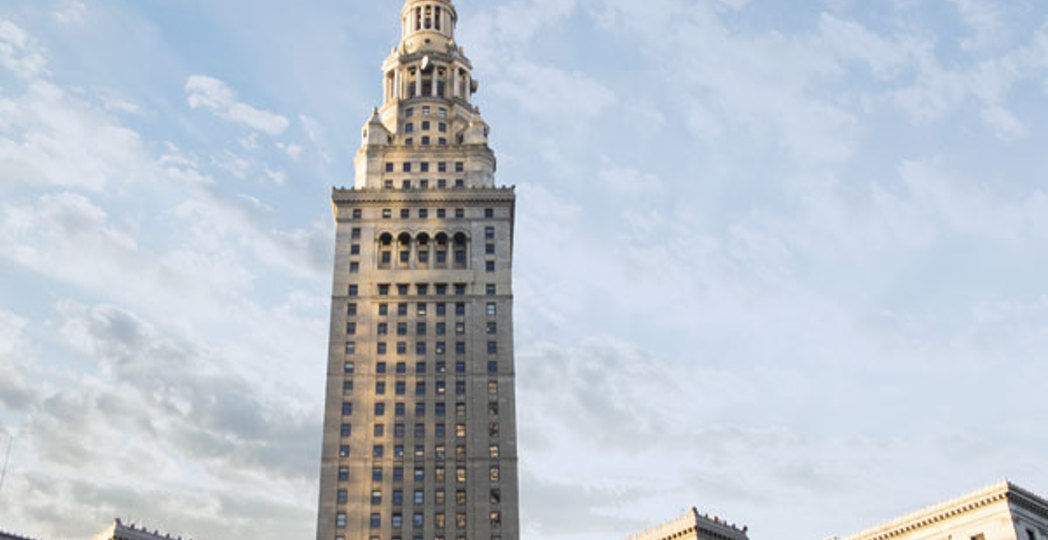Tower Struggle
by Sheehan Hannan | Oct. 31, 2016 | 5:00 PM

Evan Prunty
Trending
-
1
-
2
-
3
-
4
-
5










